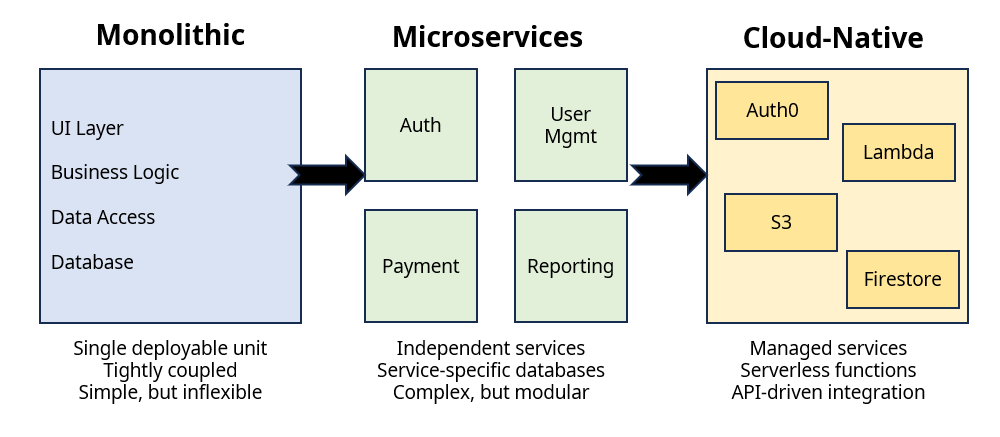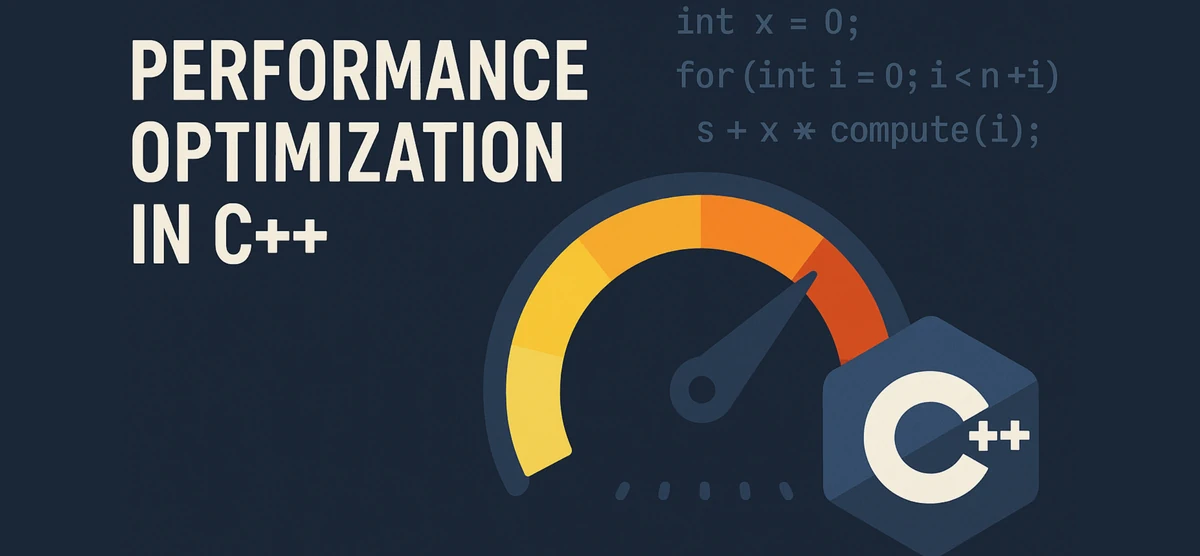Microservices to Distributed Cloud-Native: The Startup Evolution
Modern architecture patterns are accelerating startup innovation and time-to-market

The evolution from monolithic architectures to microservices was revolutionary—but the shift to distributed cloud-native architecture is proving to be even more transformative for tech startups, enthuasists, and solopreneurs. As TechRepublic reports, Gartner predicts that by the end of 2025, over 85% of organizations will embrace a cloud-first approach, with 95% of new digital workloads being deployed on cloud-native platforms.
Beyond Microservices: What’s Changed
While microservices broke applications into independent, deployable services, distributed cloud-native takes this further by leveraging cloud infrastructure’s inherent capabilities.
- Serverless computing eliminates infrastructure management entirely
- Managed services replace custom-built components for common functionalities
- Multi-cloud deployment reduces vendor lock-in and improves resilience
- API-first design enables seamless integration across environments
This shift isn’t merely technical–it’s strategic, particularly for startups racing against the clock and burning through limited capital.
The Startup Advantage: Rapid Proofs of Concept
For startups, distributed cloud-native architecture dramatically reduces time-to-market. According to McKinsey’s research, companies embracing these patterns reduce their development cycle times by 20-50%.
Building Blocks of Modern Startup Architecture
Today’s startups are assembling their MVPs from pre-built components rather than coding from scratch.
- Authentication: Auth0 or open-source alternatives like Supabase Auth
- Payments: Stripe Connect API for robust payment processing
- Data Storage: Managed databases like MongoDB Atlas or budget-friendly options like DigitalOcean Managed Databases
- Backend Logic: Serverless options like Netlify Functions or Vercel Serverless Functions for more cost-effective scaling
- Frontend: Next.js or Remix hosted on Netlify, Vercel, or GitHub Pages for free static hosting
I’m not sponsored by any of these vendors or technologies–they’re just some of my favorites.
This composable approach means a startup can build and iterate on an MVP in weeks rather than months. According to Startup Genome’s research, startups using distributed cloud-native architectures reduce their time-to-market by an average of 61% compared to those building custom infrastructure.
From Concept to Market in Record Time
Jason Fried, co-founder of Basecamp, notes that “speed matters in business,” and distributed cloud-native architectures deliver precisely that advantage. By eliminating undifferentiated heavy lifting, startups can focus entirely on their unique value proposition.
The question isn’t whether your startup should embrace distributed cloud-native architecture, but how quickly you can pivot to this approach—before your competitors do.
What cloud-native capabilities could accelerate your startup’s path to market?









Share this post
Twitter
Facebook
Reddit
LinkedIn
Pinterest
Email